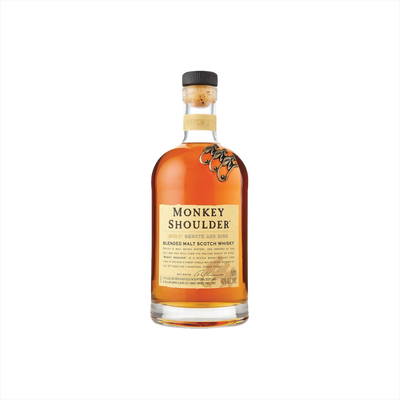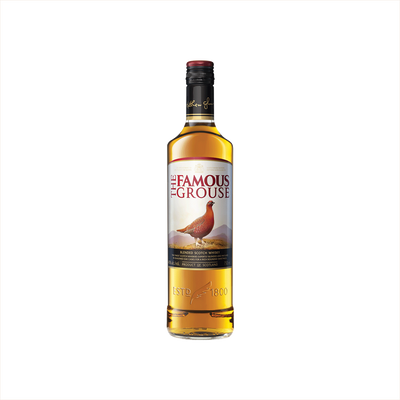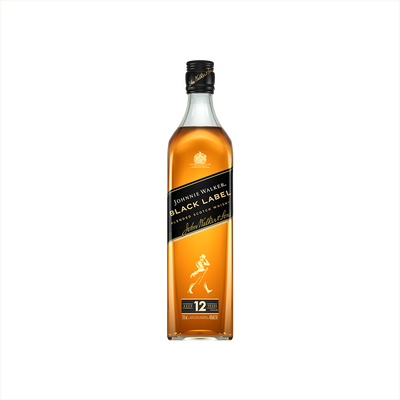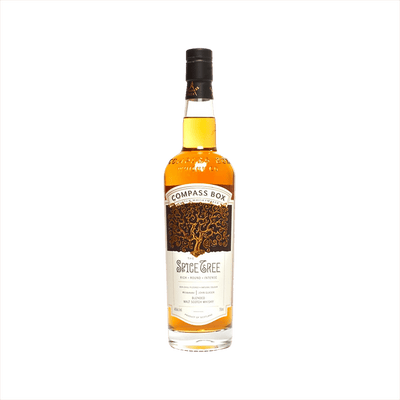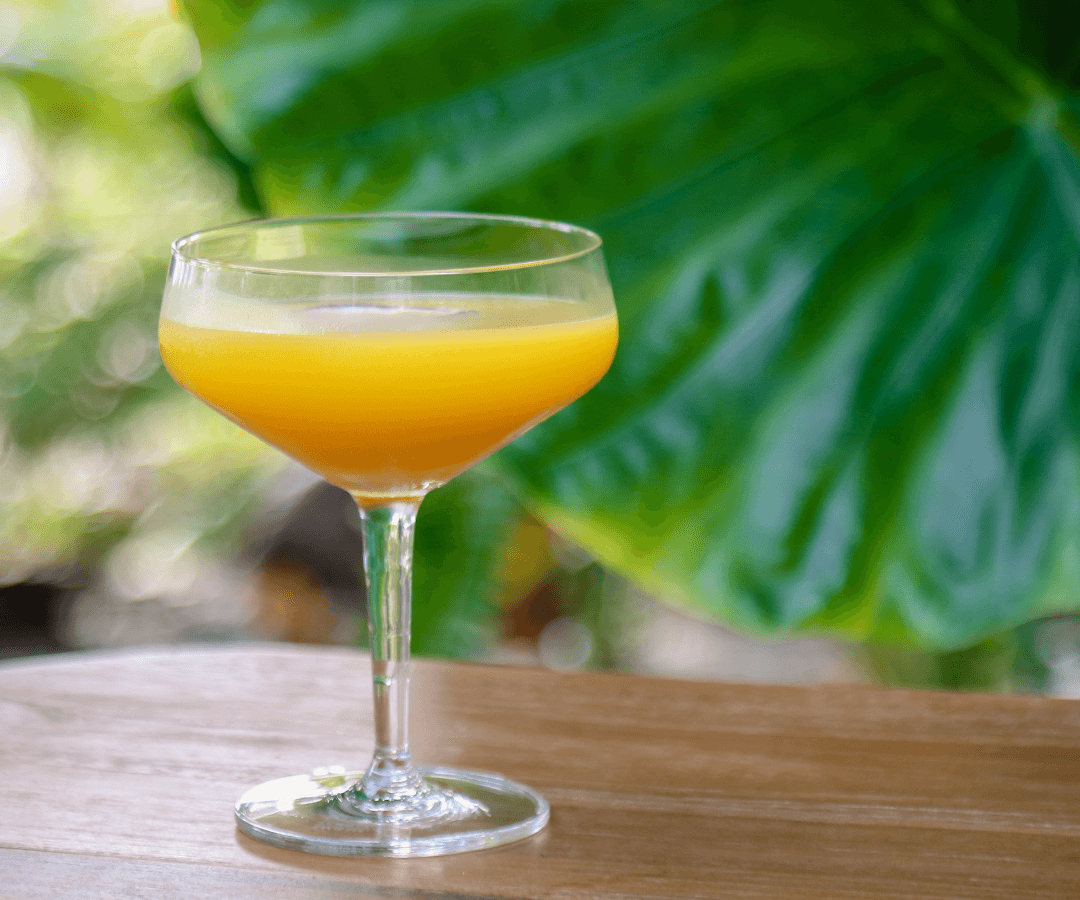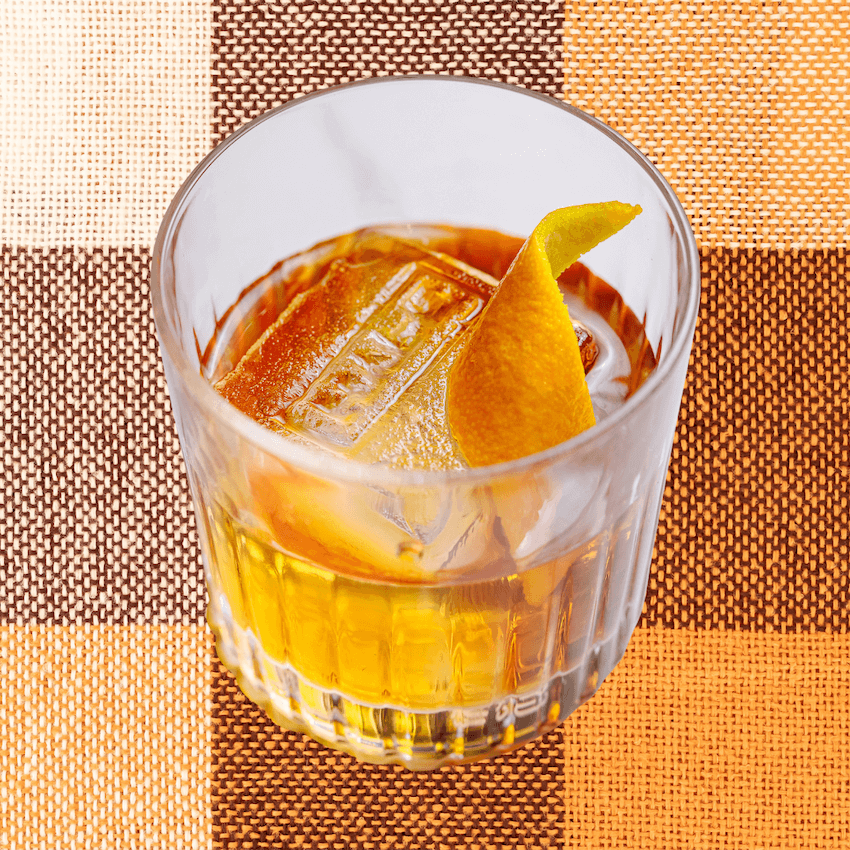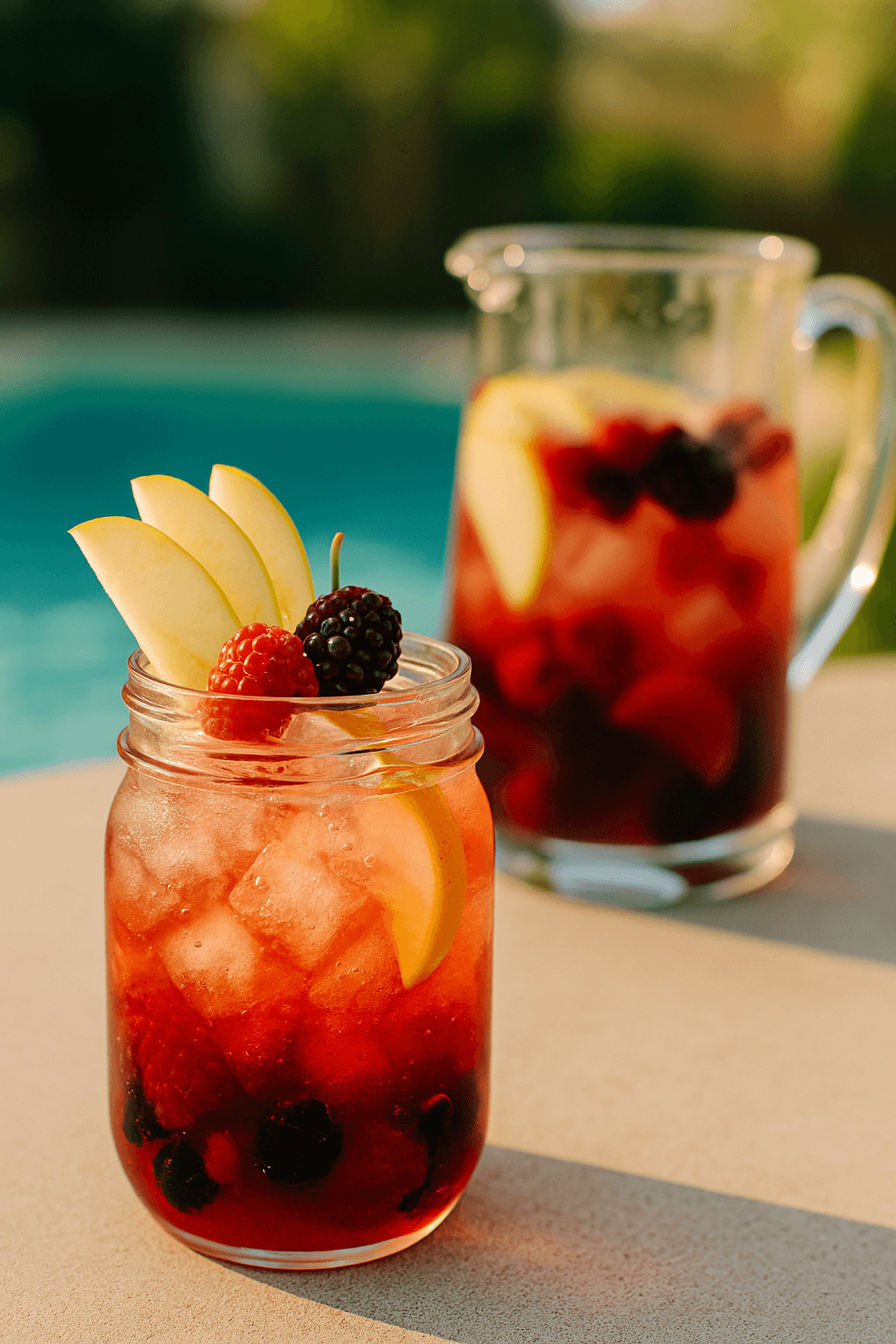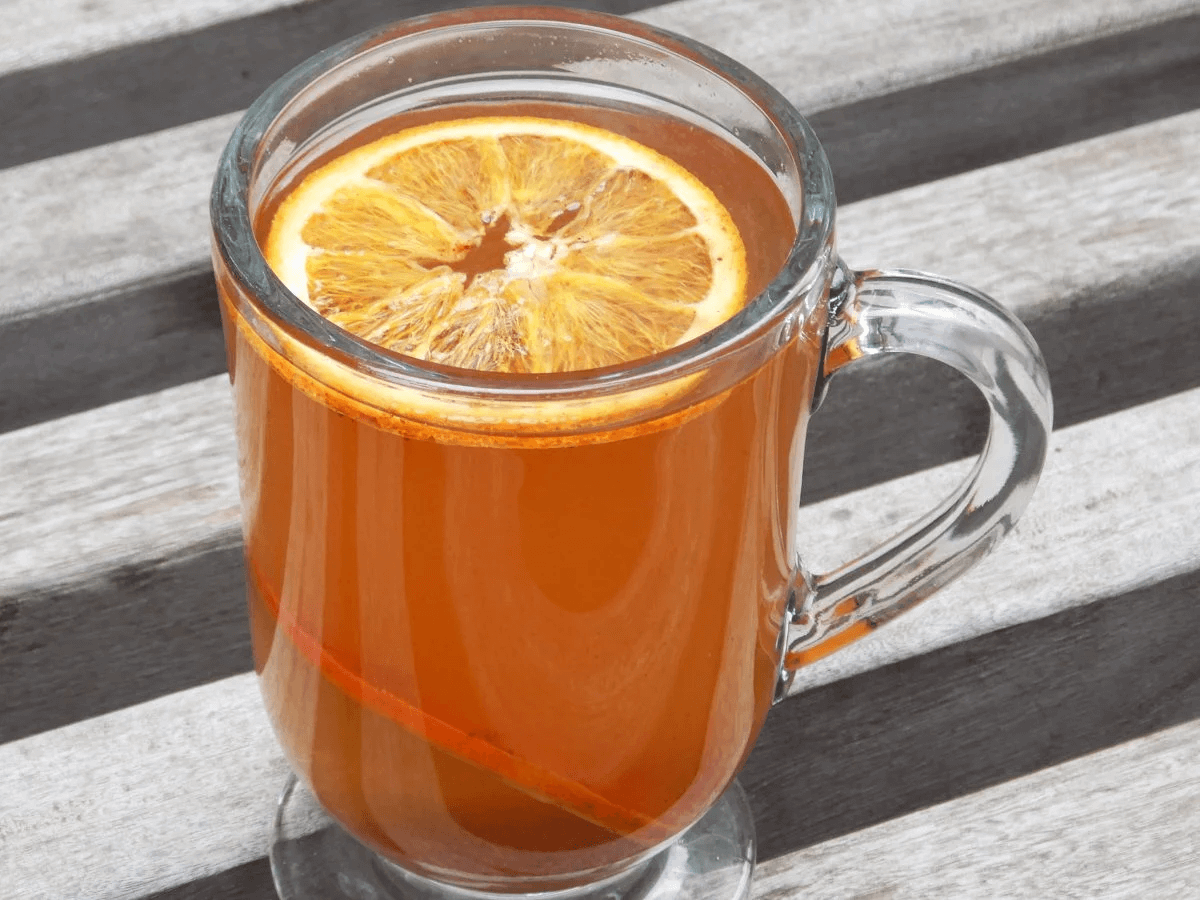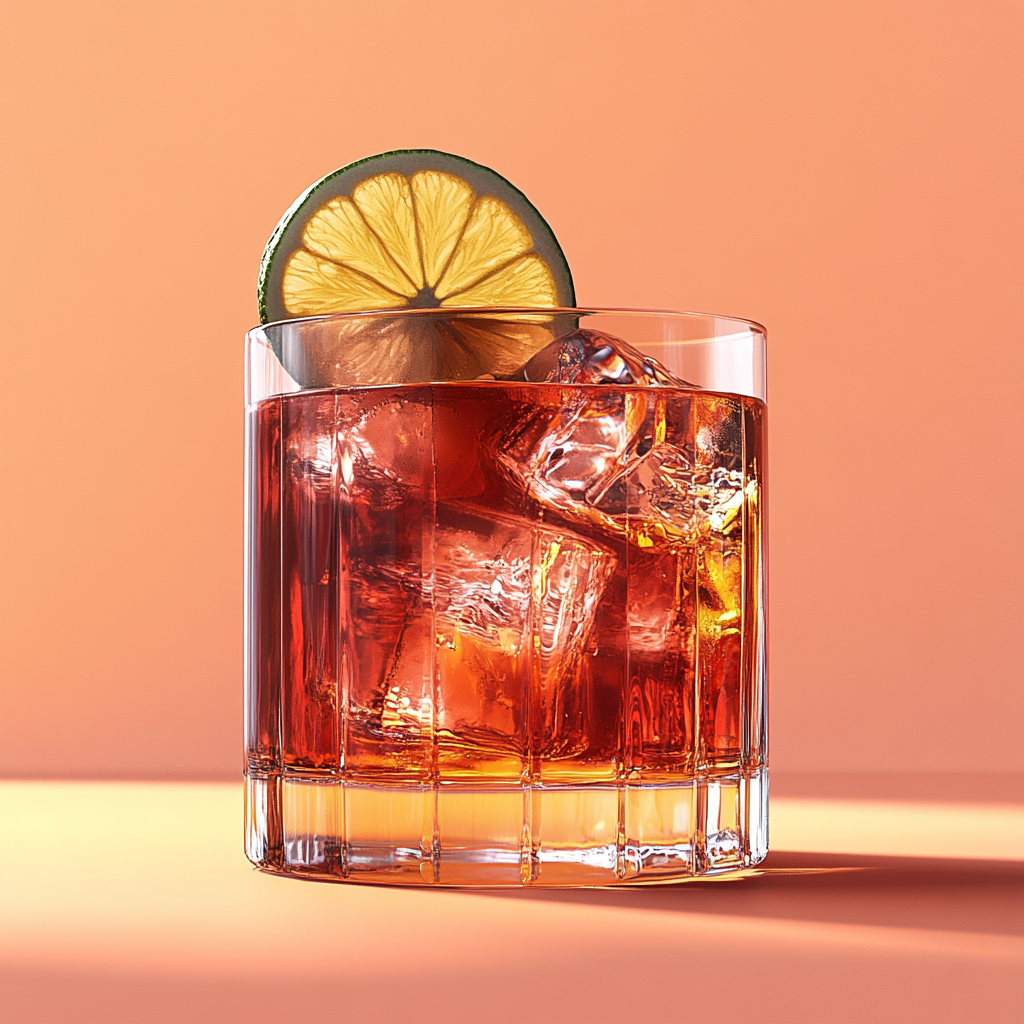Blended Scotch
What is Blended Scotch?
Blended Scotch is a type of Scotch Whisky that combines single malt whiskies from different distilleries with grain whiskies, creating a balanced and accessible spirit that represents the majority of Scotch production. Master blenders carefully select and marry these various components to achieve consistency and complexity, often incorporating dozens of different whiskies in a single blend. What defines Blended Scotch is this artful combination of malt and grain whiskies, which must all be aged in oak casks for a minimum of three years and produced entirely within Scotland according to strict regulations.
Learn More About Blended Scotch
What makes Blended Scotch unique?
Blended Scotch stands apart from single malts and single grains through its masterful marriage of multiple whiskies from different distilleries, allowing master blenders to create consistent flavor profiles that would be impossible to achieve with a single source. While single malt Scotch showcases the distinct character of one distillery's malt whisky, and single grain focuses on lighter, column-distilled spirits, blended Scotch combines the best of both worlds—typically marrying rich, complex malt whiskies with smoother grain whiskies to create accessible yet sophisticated drams. This blending artistry means each bottle delivers a carefully orchestrated flavor experience that balances the bold, sometimes challenging notes of pure malt with the mellowing influence of grain whisky.
How is Blended Scotch made?
Blended Scotch whisky combines grain whisky (typically made from wheat or corn in column stills) with single malt whiskies from different distilleries, with master blenders carefully selecting and marrying these components to achieve a consistent house style. The individual whiskies must each be aged for a minimum of three years in oak casks, and the final blend takes on the age of the youngest whisky included in the mix. Once blended, the whisky often rests for several additional months to allow the different spirits to integrate and develop a cohesive flavor profile before bottling.
How do you drink Blended Scotch?
Blended Scotch shines in cocktails more than any other whisky category, making it the backbone of classics like the Rob Roy, Rusty Nail, and Blood and Sand. While you can certainly sip premium blends neat or on the rocks, most blended Scotches are designed to play well with other ingredients in spirit-forward cocktails and whisky sours. These versatile whiskies work beautifully in both warming winter drinks with honey and spices, and refreshing summer highballs with ginger beer or soda water.
How do I choose good Blended Scotch?
Start by considering the flavor profile you're after—lighter, grain-forward blends like Johnnie Walker Red work beautifully in highballs and mixed drinks, while richer, malt-heavy options such as Compass Box Great King Street or Monkey Shoulder shine when sipped neat or in spirit-forward cocktails like a Rob Roy. Your intended use should guide your budget too; save the premium bottles for neat sipping and reach for solid mid-shelf options when mixing with citrus, vermouth, or other bold ingredients that might mask subtle complexities. Look for blends that list their component distilleries or aging statements, as these details often signal a producer who cares about transparency and quality over flashy marketing.
Nutritional Information
Typical Calorie Range per Ounce: 64-70 calories
Typical Carbohydrate Range per Ounce: 0 grams
Typical Sugar Range per Ounce: 0 grams
Typically Gluten Free: No
Blended Scotch whisky is made from malted and grain whiskies, often including wheat and barley. While the distillation process removes most proteins, some people with celiac disease or severe gluten sensitivity may still react to trace amounts. Always check the specific product label and consult with your healthcare provider if you have gluten-related concerns. Some brands may provide gluten-free certification, so reviewing detailed product information is your best bet for making an informed choice.
Scrolled this far? Your reward? Blended Scotch trivia!
- The legendary Johnnie Walker "Striding Man" logo was created in 1908 by cartoonist Tom Browne, who sketched it in just five minutes for a fee of two guineas (about $250 today). What's wild? Browne based the figure on a photograph of himself walking, making every bottle of Johnnie Walker feature the artist's own stride frozen in time.
- Chivas Regal 25 was the first luxury whisky to travel to space, accompanying Japanese astronaut Soichi Noguchi aboard the International Space Station in 2010. The bottle spent six months orbiting Earth at 17,500 mph, and when it returned, master blenders noted the whisky had developed a smoother, more mellow character – though they're still not sure if it was the zero gravity or cosmic radiation.
- The art of blending Scotch whisky requires such precise taste memory that master blenders can identify over 150 different single malts by nose alone, often while blindfolded. Some legendary blenders like Richard Paterson of Whyte & Mackay have insured their noses for millions of dollars and avoid spicy foods, strong perfumes, and even certain soaps to protect their superhuman sensory abilities.
- Dewar's White Label holds the Guinness World Record for the most extensive whisky advertising campaign, spanning 132 years without interruption. Their "Dewar's Profiles" campaign featured real people doing extraordinary things while enjoying the whisky, and ran so long that some families had three generations featured across different decades of advertisements.
- The precise recipe for Teacher's Highland Cream includes exactly 35 different single malt and grain whiskies, but here's the kicker: the recipe was so closely guarded that when the original creator William Teacher died, it took his successors over two years to reverse-engineer the blend by taste alone. They literally had to recreate the formula one whisky at a time until they matched the original flavor profile.
Higher-proof spirits can be intense. Mix carefully, taste thoughtfully, and enjoy responsibly.
Gift message (optional)

